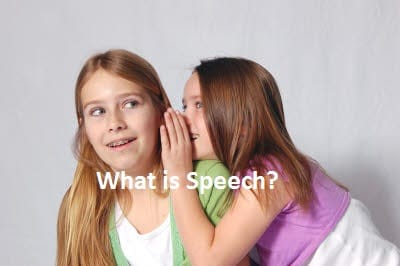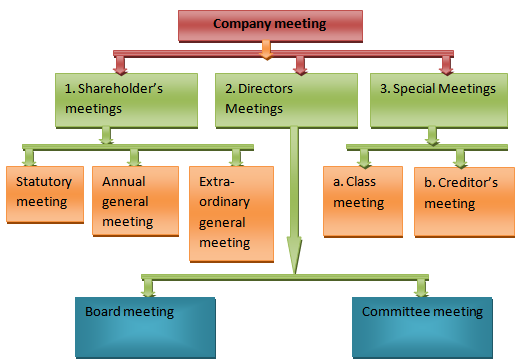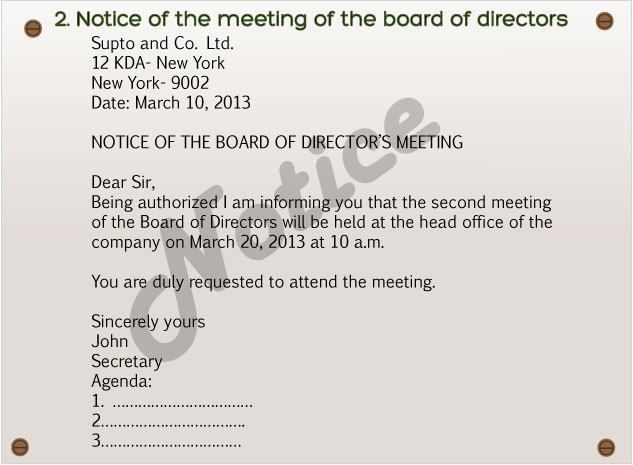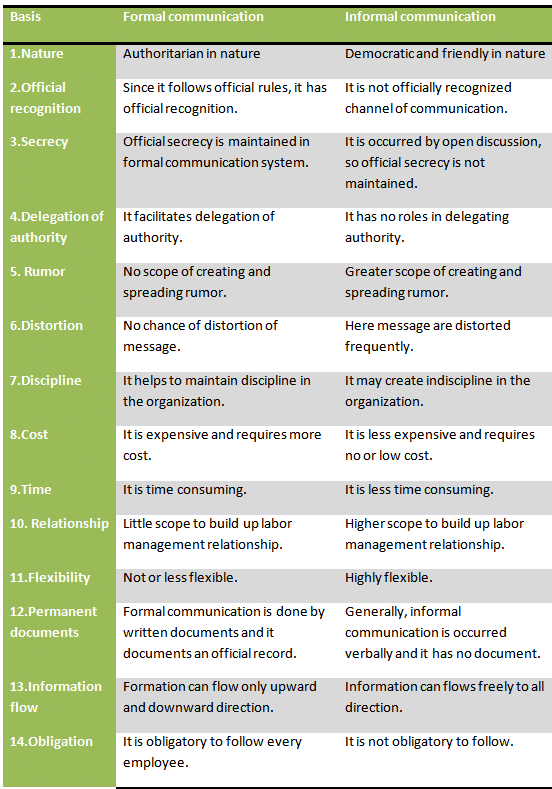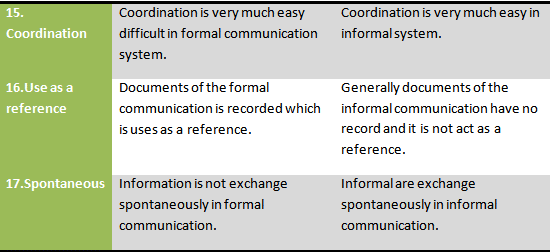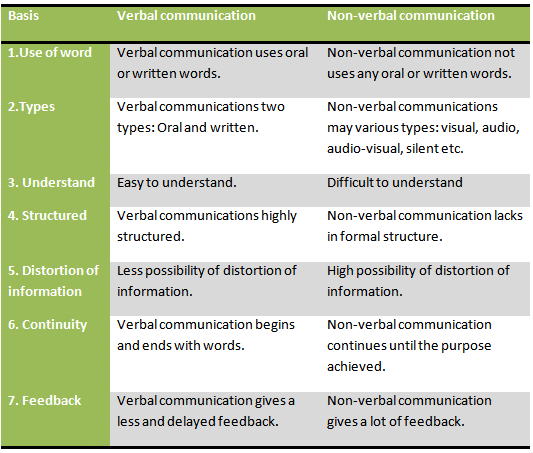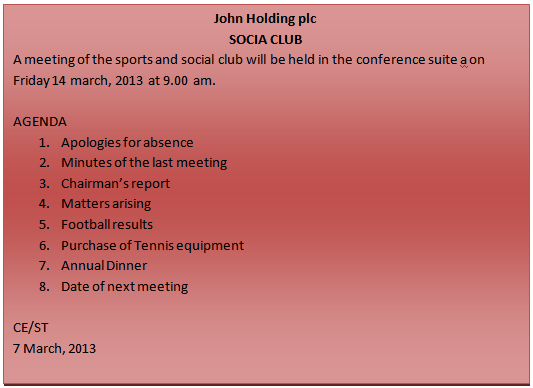Media or ways or techniques or channels of oral communication. The channels or methods or oral communication may be classified broadly in two categories non mechanical channels and mechanical channels which are described below:
A. Non mechanical channels:
Conversation: conversation means the informal discussion among the people. When one person discusses his views, opinion to another person and exchanges their views in the presence of both then it is called face to face conversation. It also includes the face-to-face discussion on a particular issue. In this method both the information receiver and sender can exchange their views freely and fairly.
Interview: It suggests a meeting between two or more persons for the purpose of getting a view of each other or for knowing each other. When we normally think of an interview, we think a situation in which an employer tries to size up an applicant for a job. The employer’s aim is to know whether the applicant can be fit for service to this organization and the applicant’s aim is to find whether the job being offered by the organization can be suitable to him. Its first, the speaker asks questions to the listener and then the listener answers the question. There are three major techniques of interview. They are as follows:
- Direct questioning
- Non-directive interview and
- Guided interview
Does speech: Speech means what the speaker says in front of the audience. It is fully audience-oriented system. Generally the political leaders, the managers, the business man or the workers’ leaders use this system sometimes. It can build tension or it can relax tension. This system is practiced in public gathering at company meetings, inauguration and seminars etc. In needs to considerable skills otherwise it is not effective.
Group discussion: Group discussion is a popular method of oral communication. Management arranges group discussion to take a decision on a special matter. Group discussion is very helpful to human relation, idea getting an idea development and training.
Formal training courses: Effective communication can be performed through formal training courses. It is a wide used technique of oral communication. Both the trainer and the trainee can exchange their views directly.
Meeting: Meeting means the formal group discussion about a specific predetermined topic or subject. Meeting members to get together and discuss about a problem or issue or a special matter. There are several types of meeting such as –
- Security meeting
- Minutes meeting
- Social meeting
- General meeting itself
Counseling: Counseling is an effective medium of oral communication. Generally it held yearly or bi-yearly. It is adopted by the higher authority for their followers.
Committee: Committee is an organization. The committee meeting is a popular technique of oral communication. Special decision is taken through face to face discussion of a committee meeting.
Special prize-giving ceremony: Sometimes the businessmen can meet with others arranging a special prize giving ceremony for the workers. In this ceremony the businessmen can exchange their views and ideas orally.
Conference: Conference is a kind of meeting at which participants exchange views and talk together. A conference may be held to exchange views on some problem being faced by the organization or some other issue related to it and it may even suggest a solution but the suggestions from a conference are not binding. They are more in the nature of the recommendation.
Lectures: Lecture is used to create an understanding of a topic or to influence behavior, attitudes of the trainee through spoken words. The lecture is telling someone about something. The method is an effective way to introduce new information or concepts to a group of learners who gathered at on place. A lecture is given to enhance the knowledge of the listener or to give him the theoretical aspect of a topic.
Informal communication: Informal communication is another technique to exchange information orally. It can be occurred in the playground, tea table etc. In those situations both the boss and subordinate can exchange their views informally.
Others: Invitation to a lunch, Brainstorming, Advisory board, Inspection of factory and office.
B. Mechanical channels
Telephone: Telephone set is an instrument that converts voice and other sound signals into a form that can be transmitted to remote locations and that receives and reconverts waves into the waves into sound signals. The telephone plays a vital role in communication when the two persons stay in different places they communicate with each other by telephone. Their exchange information and their views and immediate feedback are possible under this system. Now-a-days we can see that every organization is using the telephone to exchange the information and views orally.
Mobile or cell phone: A mobile phone (also known as a cellular phone, cell phone and a hand phone) is a portable telephone that connects to the telephone network over the radio wave transmission. It connects to a wireless communications network through radio wave or satellite transmissions.
Radio: Radio is the indirect media of oral communication. It is a one-way communication system. The receiver can only hear the message from the sender. The receiver cannot reply.
Television: Television is also the indirect media of oral communication. It is a one-way communication system. Here, receiver cans here the messages and side by side see the sender. The receiver cannot reply.
Video conference: Video conference is a kind of teleconferencing communication where people staying in different corner or locations and participate in a face-to-face group meeting or group discussion through the help of electronic video camera technology.
Teleconferencing: Teleconferencing is a kind of communication where people staying in different corner or locations and participate in group meetings or group discussion through electronic telephone technology.
Medias or ways or techniques or channels of oral communication
